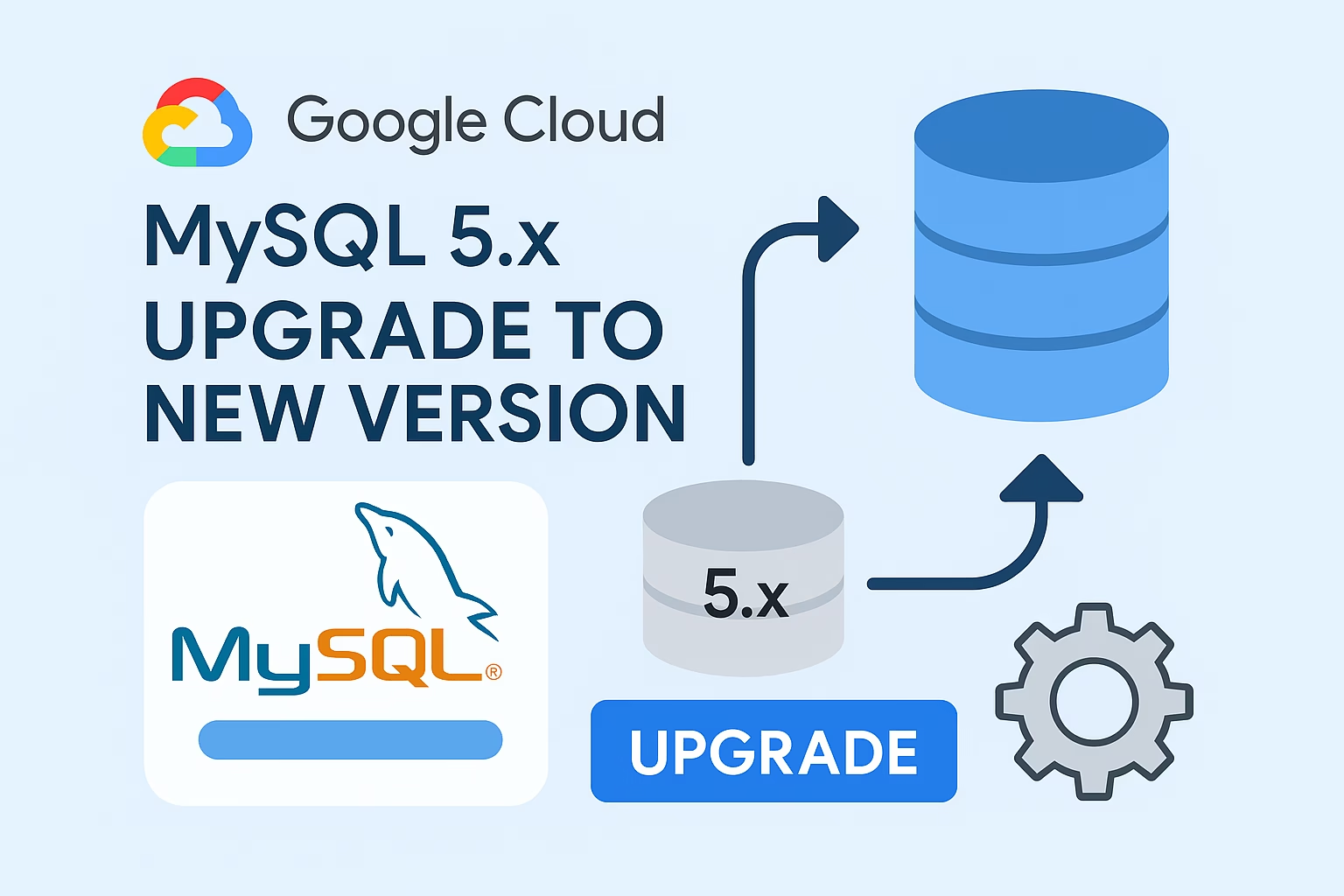
Kuann
在 IT 業打滾二十多年
這是我的資訊筆記園地
Search
Categories
- church (2,076)
- Database (16)
- Docker (9)
- Google Analytics (2)
- Javascript (17)
- jQuery Mobile (2)
- Linux (80)
- NoSQL (3)
- PHP (36)
- Python (3)
- Solr (11)
- Tensorflow (11)
- VoIP (9)
- Vorbis (2)
- Web 相關 (36)
- Windows (28)
- WordPress (4)
- 其他 (68)
- 創世嘉飛行器教學影片 (14)
- 天下雜誌_以色列專題報導 (6)
- 學思達教學法 (5)
- 數位學習 (13)
- 看見台灣 (14)
- 科學應用 (17)
- 育兒寶典 (6)
- 臺灣吧 Taiwan bar 動畫臺灣史 (56)
- 資訊安全 (12)
- 資訊技術 (176)
- 風景名勝 (11)


